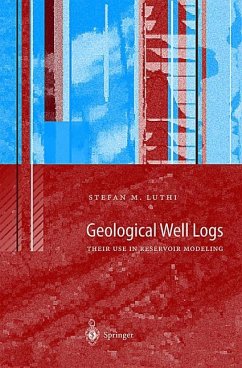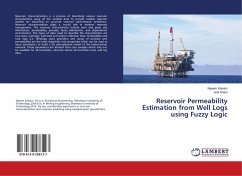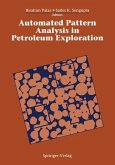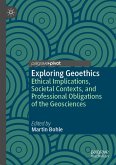Logging has come a long way from the simple electrical devices of the early years. Today's tools are considerably more accurate and are used for an increasingly diverse number of tasks. Among these are tools that characterise geological properties of rocks in the borehole. Combined with new technology to drill deviated wells, the geoscientist now has tools which allow him to characterise and develop reservoirs more accurately than ever. This book, written for researchers, graduate students and practising geoscientists, documents these techniques and illustrates their use in a number of typical case studies.
When I joined Schlumberger in 1982 I was surprised to find very few geologists in the company, and the few there were worked more as log analysts than geol ogists. The reason for this became soon clear to me: Except for the dipmeter there was no tool, and no other service, that was considered "geological". Schlumber ger geologists were supposed to work with dipmeters, and, if they had a taste for it, the natural gamma-ray spectroscopy logs. It turned out that my timing was fortunate. At Schlumberger's research center, in Ridgefield, Connecticut, a prototype electrical imaging tool had been designed, and after having spent three years in the Middle East I was transferred there. The first field test results were just coming in, and the images were startling. We could see geological details that nobody had ever seen from a log: cross-beds, unconformities, pebbles, fractures, folds, faults. No cores were needed to confirm the reality of these data; they were too real to be artifacts.
Hinweis: Dieser Artikel kann nur an eine deutsche Lieferadresse ausgeliefert werden.
When I joined Schlumberger in 1982 I was surprised to find very few geologists in the company, and the few there were worked more as log analysts than geol ogists. The reason for this became soon clear to me: Except for the dipmeter there was no tool, and no other service, that was considered "geological". Schlumber ger geologists were supposed to work with dipmeters, and, if they had a taste for it, the natural gamma-ray spectroscopy logs. It turned out that my timing was fortunate. At Schlumberger's research center, in Ridgefield, Connecticut, a prototype electrical imaging tool had been designed, and after having spent three years in the Middle East I was transferred there. The first field test results were just coming in, and the images were startling. We could see geological details that nobody had ever seen from a log: cross-beds, unconformities, pebbles, fractures, folds, faults. No cores were needed to confirm the reality of these data; they were too real to be artifacts.
Hinweis: Dieser Artikel kann nur an eine deutsche Lieferadresse ausgeliefert werden.








